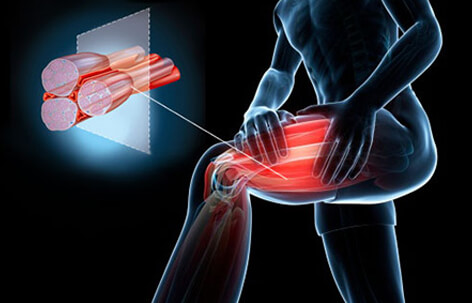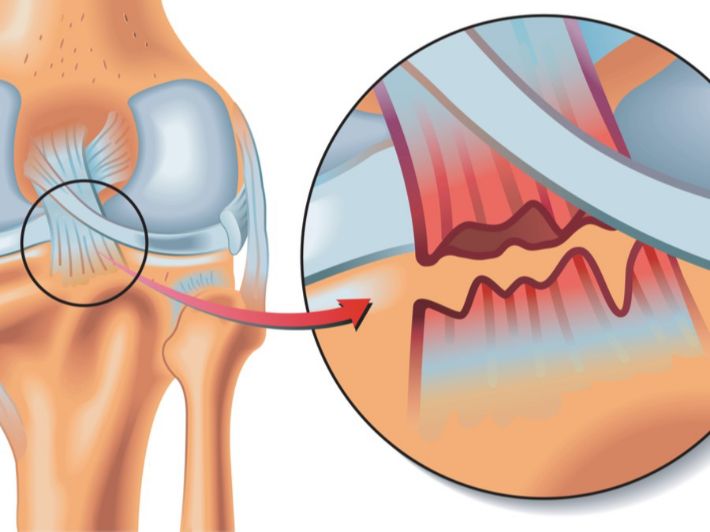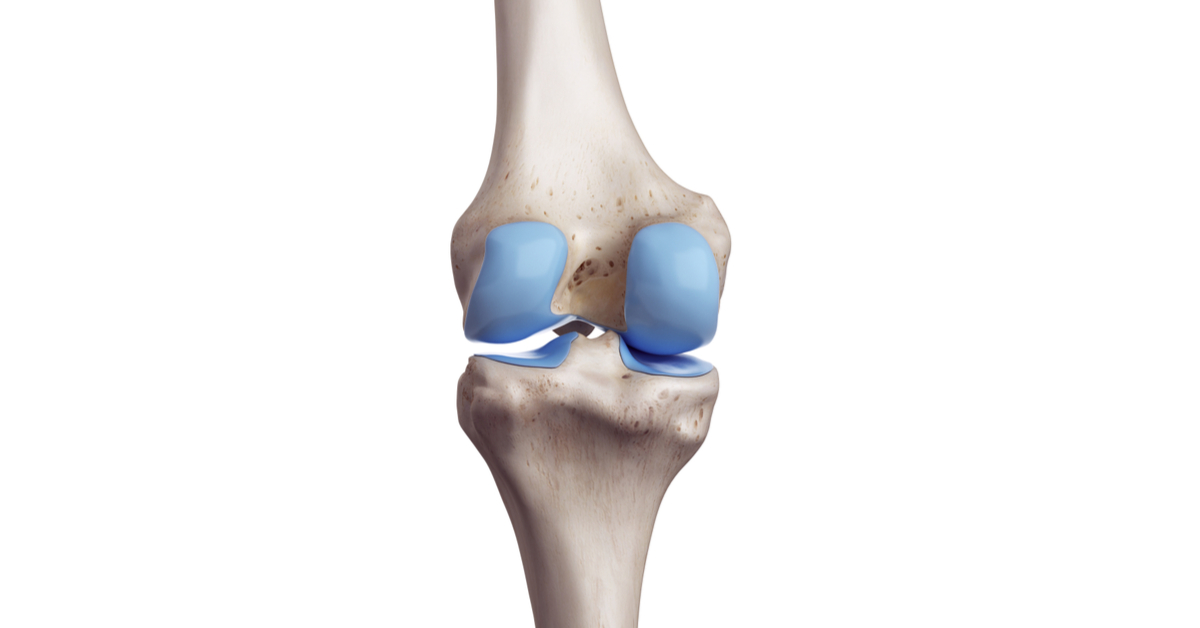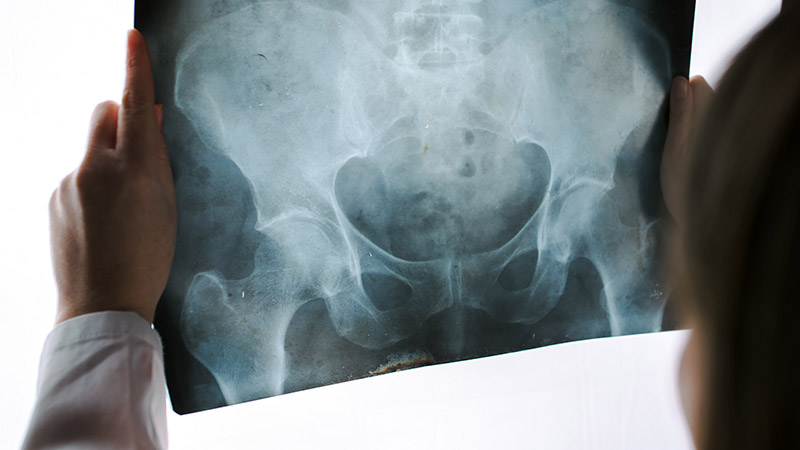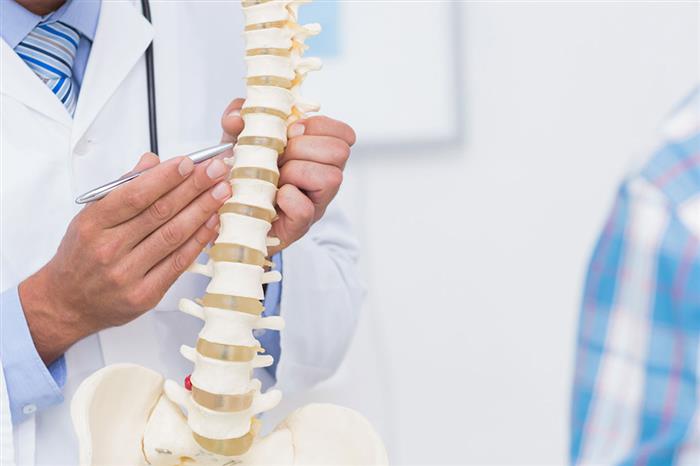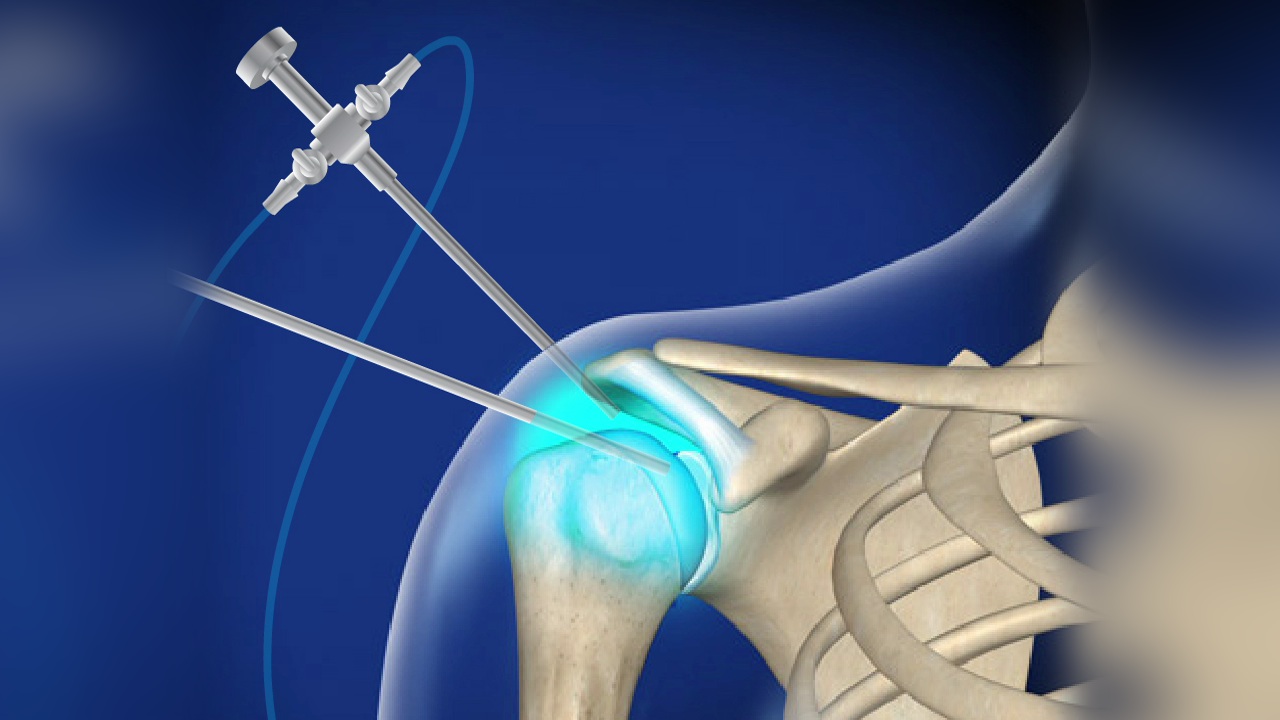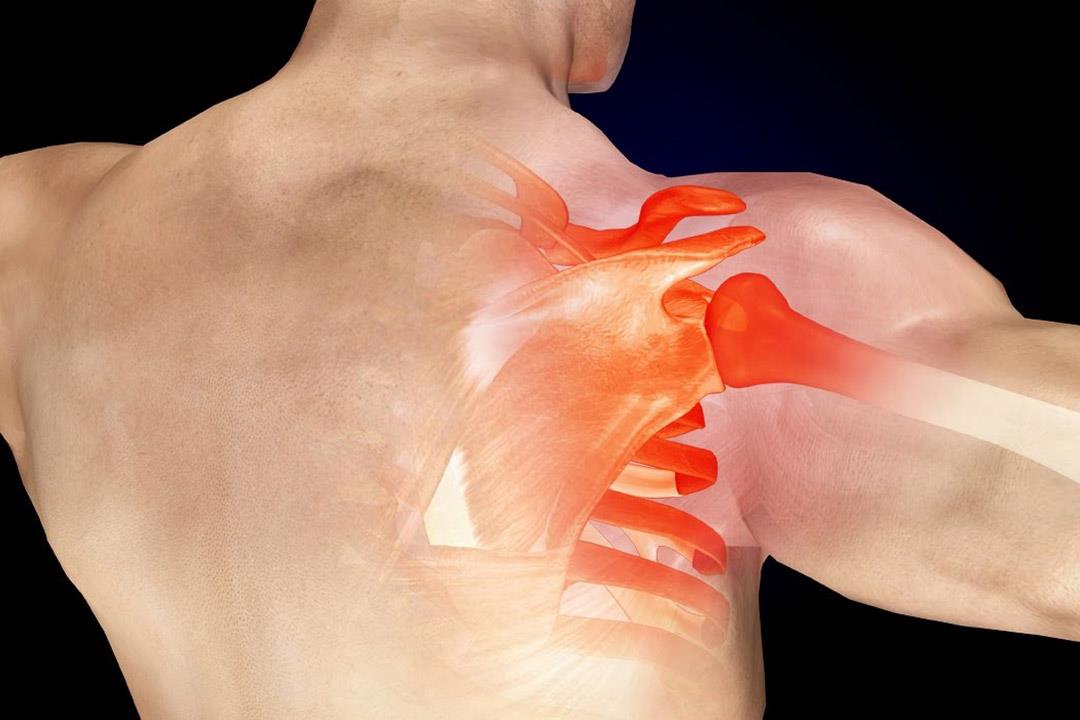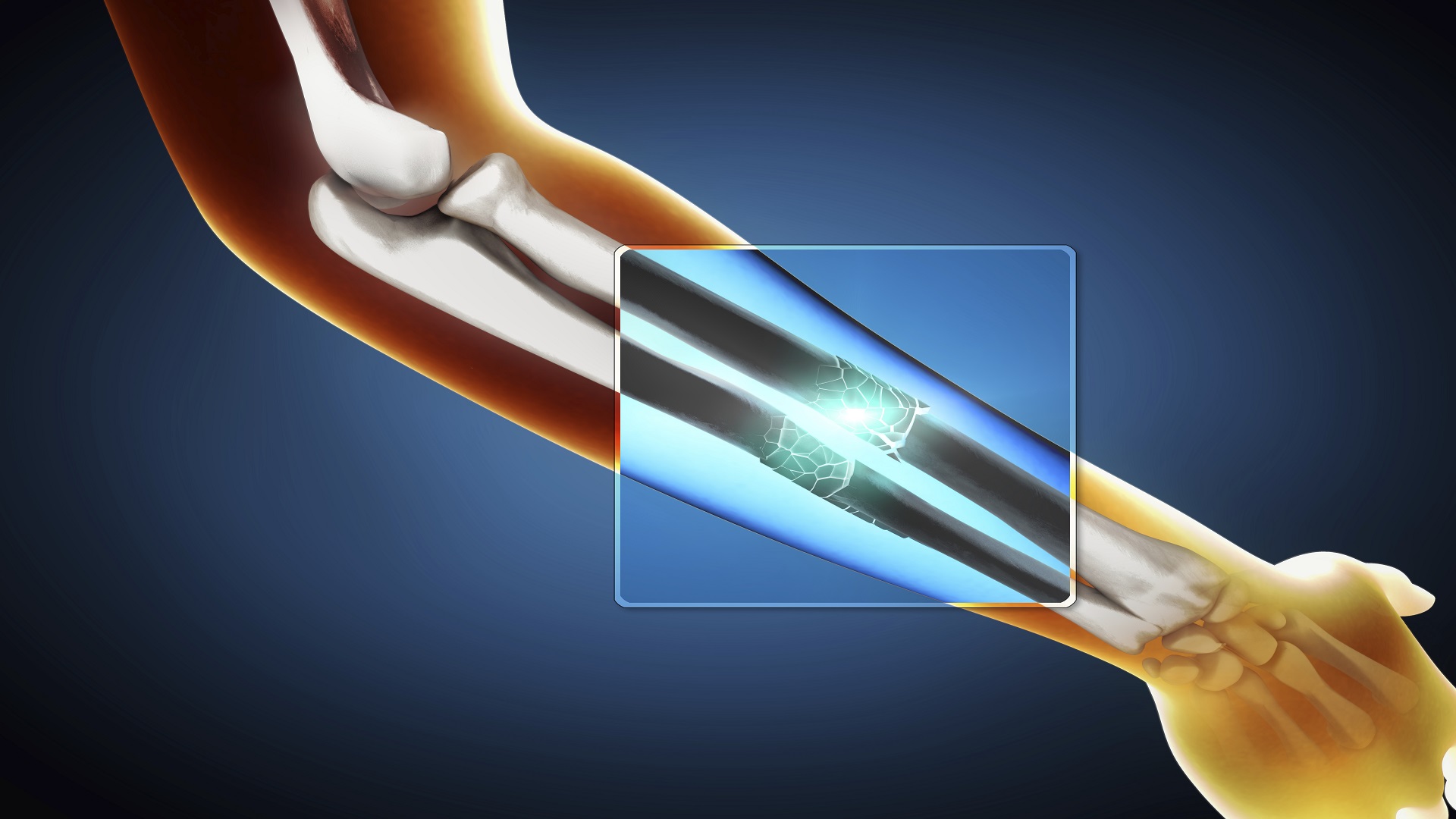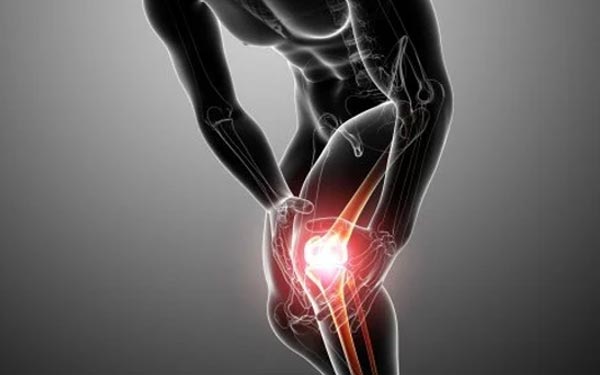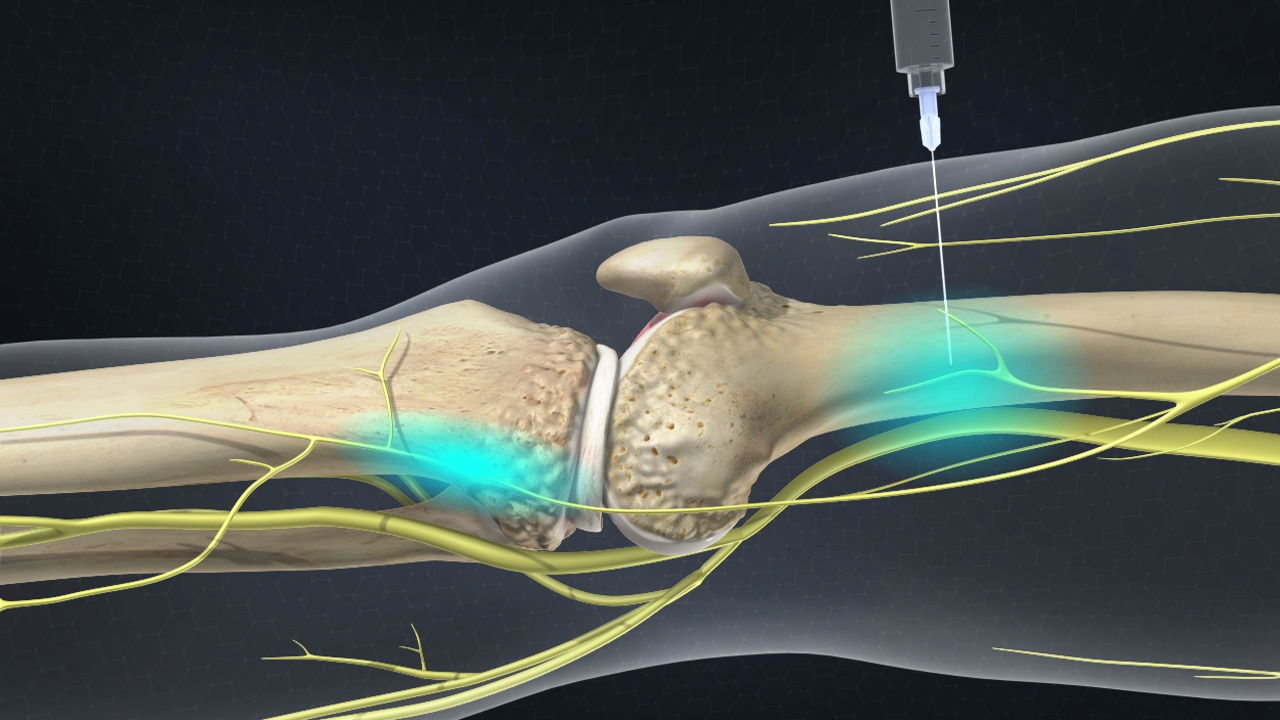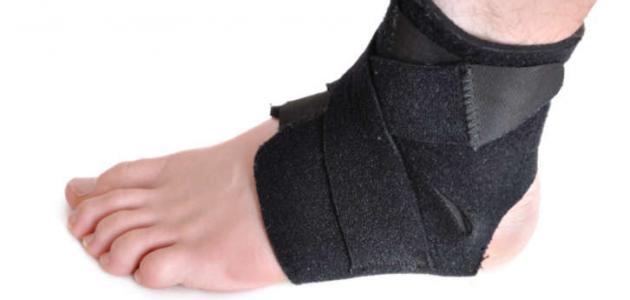What Is Sciatica and Its Symptoms? Learn About Its Causes!

What is sciatica and what are its symptoms?
Sciatica is a condition that causes pain and inflammation along the path of the sciatic nerve. This pain results from pressure on or irritation of the sciatic nerve. While it can affect both men and women, it is considered one of the most common types of pain.
The symptoms of sciatica vary from person to person and may include the following:
- Pain in the lower back, buttocks, and hips.
- Radiating pain from the thigh to the leg, possibly extending to the foot.
- Itching or tingling in the leg or foot.
- Weakness in the leg or foot.
- Numbness in the leg or foot.
- Difficulty in moving the leg or foot.
Several factors can cause sciatica, including:
- Herniated Disc: When a herniated disc presses on a portion of the sciatic nerve, it can cause pain and irritation.
- Bone Spurs: Excessive bone growth in the area of the sciatic nerve can exert additional pressure on the nerve, leading to pain.
Often, people who sit for extended periods or lead a sedentary lifestyle are more prone to developing sciatica. While the pain associated with this condition can be severe, most cases recover with treatment in a few weeks.
Sciatica typically affects one leg, but it can also occur in both legs, depending on the location of nerve compression along its path. Despite some beliefs that the symptoms of right-sided sciatica differ from left-sided sciatica, they are essentially the same, and there is no significant medical distinction between them.
In conclusion, sciatica is a common condition that causes pain and irritation along the sciatic nerve pathway. Symptoms can be severe in some cases, so it is essential to consult a doctor for diagnosis and appropriate treatment.
What Causes Sciatica?
Here is a list of causes that can lead to the development of sciatica:
- Herniated Disc:
- Typically occurs in individuals under the age of 40.
- Results in compression of the nerve root in the spine.
- Bone Spurs:
- Commonly experienced by older individuals.
- Causes pressure on the nerve root and joint inflammation.
- Slipped Disc:
- Occurs when a portion of the nerve is compressed due to a herniated disc.
- Leads to inflammation and pain, and may result in numbness in the affected leg.
- Bone Overgrowth:
- Happens when bones grow abnormally.
- Causes pressure on the nerve root and chronic pain.
- Age-Related Changes in the Spine:
- Such as herniated discs and bone spurs.
- Among the most common causes of sciatica.
- Excess Weight:
- Increases pressure on the spine and can contribute to the development of sciatica.
- Jobs Requiring Twisting of the Back or Heavy Lifting:
- Such as construction work, gardening, or weightlifting.
- May increase the risk of developing sciatica.
- Sedentary Lifestyle:
- People who sit for extended periods or spend long hours driving are more susceptible.
- Therapeutic massage and exercise can help prevent sciatica.
- Medical Conditions:
- Conditions like diabetes, which affect the body’s sugar consumption and increase the risk of nerve damage.
- Other illnesses that can cause nerve damage may also lead to the development of sciatica.
It’s essential to be aware of the causes and risk factors for sciatica to minimize the likelihood of experiencing it and maintain the overall health of your spine and nerves. If you are experiencing symptoms of sciatica, it is advisable to consult a doctor for proper diagnosis and treatment.
How is Sciatica Treated?
Many individuals suffer from sciatica and require methods to alleviate pain and improve mobility. In this article, we will explore the top 10 methods used in the treatment of sciatica.
- Rest and Relaxation: Initial treatment for sciatica can involve complete rest and relaxation. Avoiding strenuous movements and applying ice packs to the back can help reduce pain and swelling.
- Home Remedies: Home remedies can be used to alleviate sciatica symptoms. This includes applying ice or warm tea to the painful area and following rest and stretching instructions.
- Exercises: Simple exercises can help strengthen back muscles and improve range of motion. It’s important to consult a doctor before engaging in any exercise regimen.
- Medications: Several prescription medications are available to alleviate sciatica pain, such as pain relievers and muscle relaxants. Consulting a doctor is advisable to determine the appropriate dosage and duration of medication.
- Epidural Steroid Injections: If pain does not respond to previous treatments, a doctor may recommend an epidural steroid injection to relieve sciatica-related pain.
- Massage and Spinal Manipulation: Massage, along with spinal manipulation, are effective ways to alleviate sciatica pain. Massage improves blood circulation and relaxes tense muscles, while spinal manipulation aims to improve spinal movement and reduce pain.
- Physical Therapy: Physical therapy can help strengthen key muscles to support the back and improve flexibility. It includes rehabilitation exercises, muscle stretching, massage, and manual therapy sessions.
- Cupping Therapy: Cupping is a complementary therapy that can be used to alleviate sciatica pain. It increases blood flow to the affected area and improves circulation.
- Acupuncture: Acupuncture, using thin needles to stimulate specific points on the body, can be effective in relieving sciatica pain and enhancing overall balance.
- Surgery: In cases where pain does not respond to any of the previous treatments, surgery may be required to address the underlying issue causing sciatica.
It is essential to consult a doctor before attempting any treatment method. A doctor can evaluate your condition and determine the most suitable treatment plan.
Can Sciatica Heal on Its Own?
The spontaneous recovery of sciatica cannot be predicted in all cases. Therefore, it is important to initiate appropriate treatment and seek proper medical consultation if the pain persists and symptoms worsen.
Here is a list of essential information regarding the impact of sciatica and its ability to heal spontaneously:
Duration of Acute Sciatica Treatment: Acute sciatica episodes typically last for one to two weeks. However, pain may resolve on its own within a few weeks.
When Improvement Occurs: After the acute episode subsides, individuals may experience some numbness in their extremities for some time. They may also have recurrent pain episodes throughout the year.
Transition to Chronic Sciatica: In some cases, acute sciatica can transition into chronic sciatica, meaning that the pain becomes continuous and regular.
Factors Influencing Recovery: While sciatica may heal on its own, the speed of recovery can depend on several factors, including the severity and cause of the pain, personal growth factors, and their impact on the individual’s body.
Treatments to Follow: Self-care treatments, such as over-the-counter anti-inflammatory drugs for pain relief, as well as the use of hot or cold packs for temporary pain relief, can be used. Stretching and mobility exercises may also help alleviate pain.
Consulting a Doctor: If you suffer from continuous and chronic sciatica pain, it is advisable to consult your healthcare provider. Your doctor may recommend a comprehensive treatment plan, including medication, physical therapy, or alternative therapies to alleviate pain and promote healing.
Can Sciatica Occur on the Right or Left Side?
Sciatica can occur on either the right or left side of the body. Sciatica is a common type of pain that affects the sciatic nerve, causing pain in the back and legs, especially in the left leg. If you are experiencing sciatica symptoms on the left side, you may feel weakness, numbness, or difficulty moving the leg. Additionally, the pain may radiate down the back and leg, depending on the location of the sciatic nerve and the source of the pain in the spinal joints, nerves, or muscles and ligaments in the leg.
It’s worth noting that sciatica pain can range from mild to severe and typically heals within several days to weeks, depending on factors such as the severity and cause of the pain and the treatment applied. Therefore, if you are experiencing sciatica on the right or left side, it is essential to consult a doctor and obtain an accurate diagnosis.
A doctor should diagnose sciatica clinically through a physical examination of the patient. They may also use radiological imaging or consult with a neurologist to determine the cause of the pain and guide appropriate treatment.
Among the available treatments for sciatica, medical treatment includes the temporary use of pain relievers and anti-inflammatory medications. Applying ice to the affected area is also recommended to reduce inflammation. In some cases, patients may require physical therapy, muscle massage, and therapeutic exercises to strengthen muscles, improve back and leg mobility.
Regarding your question about the benefits of walking for sciatica patients, it can be said that walking, in general, has significant health benefits, including improving blood circulation and reducing nervous tension. However, patients with sciatica may be advised to avoid strenuous activities or activities that exacerbate pain and pressure on the sciatic nerve. Therefore, it is best to consult with the treating physician to receive recommendations based on the patient’s condition and the severity of pain.
In general, sciatica and sciatic nerve inflammation should be managed by a qualified medical team under the supervision of a treating physician to achieve the best results and reduce potential complications.
Does Walking Help Treat Sciatica?
Sciatica is a medical condition that causes pain and numbness, primarily in the hip, thigh, and leg. One of the most common questions asked by individuals suffering from sciatica when consulting with doctors is whether walking is beneficial in treating this condition. The short answer is yes, walking is considered one of the initial and effective treatments for alleviating sciatica pain and speeding up the healing process.
There are several studies that indicate the benefits of walking in treating sciatica. A study conducted on 35,000 people showed that walking and cycling reduced the risk of developing sciatica by 33 percent. Additionally, other studies have shown that traditional treatment for sciatica involving bed rest may not be as beneficial and can even be more harmful than helpful.
Therefore, regular physical activity, including walking, is recommended as part of the treatment for sciatica. Walking helps reduce pressure on the sciatic nerve and improves blood flow, contributing to pain relief and enhanced healing.
For the best results while walking to treat sciatica, consider some tips. Before walking, it’s preferable to perform back stretching exercises and engage the abdominal muscles to strengthen the core muscles and protect the sciatic nerve roots. Proper posture while walking is also important, with recommendations to maintain head and shoulder height and focus on a distant point. Regular breathing and maintaining a comfortable walking pace are also advised.
What Is Natural Sciatica Treatment?
Sciatica is a condition that many people suffer from, causing pain and tension primarily in the spinal area. Despite the many medical treatment options for this condition, there are also natural ways to alleviate symptoms and improve the condition. In this article, we will explore the most important natural methods for treating sciatica.
Before starting any type of natural treatment, it is essential to consult with a specialist doctor to obtain the correct diagnosis and determine the appropriate treatment plan for you.
Here is a list of the top 10 natural ways to treat sciatica:
- Exercise: Regular physical exercise helps strengthen the back, abdominal, and hip muscles, improving spinal support and reducing pain.
- Physical Therapy: Physical therapy may include flexibility-enhancing exercises and strengthening the muscles around the spine, as well as manual therapy techniques such as massage and spinal alignment.
- Heat and Cold Therapy: Using heat and cold can help alleviate pain and inflammation in the spinal area. Hot water, ice, heating pads, or cooling packs can be applied to the painful area.
- Stretching and Relaxation: Stretching exercises and relaxation techniques like yoga and meditation can reduce tension and improve flexibility in the spinal area.
- Natural Herbs: Some herbs are believed to help alleviate pain and improve the condition of sciatica, such as arnica, cinnamon, and ginkgo biloba. Consult with a doctor before using any natural herbs.
- Balanced Nutrition: The impact of your diet on sciatica pain should not be ignored. Consuming meals rich in fiber, vitamins, and essential nutrients can promote overall health and reduce inflammation.
- Relaxation and Pampering: Relaxation and pampering can serve as natural treatment for sciatica by reducing stress and mental tension, ultimately improving overall well-being.
- Stress Reduction: Stress and psychological tension are contributing factors to increased sciatica symptoms. Therefore, it is essential to work on reducing psychological stress through techniques such as yoga, meditation, and exercise.
- Improved Posture: Pay attention to your body posture while sitting, standing, and sleeping. Proper sitting, standing, and choosing the right pillows can reduce pain and improve spinal support.
- Quality Sleep: Getting an adequate amount of quality sleep can help renew energy, reduce tension, and improve overall quality of life.
It is important to emphasize once again that consultation with a doctor is necessary before trying any natural treatment for sciatica. Collaborating with physical therapy specialists and following proper guidance is essential to ensure positive results and improve your health condition.
Does Sciatica Pain Increase at Night?
Yes, for some people, sciatica pain can increase at night. Individuals suffering from sciatica may experience increased pain and discomfort while sleeping at night, making it challenging to get a good night’s sleep.
Several factors can contribute to an increase in sciatica pain during the night. Improper sleeping positions may be a major reason for worsening symptoms. For example, if a person sleeps on their back or side incorrectly, it can put direct pressure on the irritated nerve, leading to heightened pain.
There is also a possibility of increased pain due to muscle tension and spasms that may occur during sleep. Incorrect sleeping positions can cause tension and spasms in the muscles surrounding the irritated nerve, increasing pain and causing the person to feel tense and anxious.
Furthermore, nighttime sciatica pain may be exacerbated by other factors such as accumulated stress, mental stress, a higher overall pain level, and an inability to relax properly during sleep.
It is essential to treat sciatica with appropriate medications under the supervision of a specialized doctor. The doctor may recommend using pain relievers to alleviate symptoms during the night, but consultation is necessary to determine the suitable treatment for you.
In general, following proper sleep positions and adhering to the doctor’s recommendations are crucial to reducing nighttime sciatica pain. Placing a small pillow under the waist to relieve pressure on the irritated nerve and putting a pillow between the knees to maintain a neutral position for the pelvis and spine can be helpful.
Finding the sleep position that works best for you and alleviates symptoms is important. Some may benefit from sleeping on their back, while others prefer sleeping on their side. It is essential to consult with your doctor about your specific condition and present the problem to get their guidance and advice.
Overall, prioritizing comfort and stress reduction during sleep is essential to reducing the severity of symptoms and enabling you to get a good and restful night’s sleep.
What Is Pseudo Sciatica?
Pseudo sciatica is a rare neuromuscular disorder characterized by the occurrence of pain and numbness in the hip, buttocks, and posterior legs. This condition results from the spasm of the piriformis muscle or its compression of the sciatic nerve, leading to irritation. Pseudo sciatica shares some symptoms with true sciatica, such as pain and numbness in the legs, which is why it is named accordingly due to the similarity in symptoms.
Although not true sciatica, pseudo sciatica can cause symptoms similar to genuine sciatica. To make matters worse, pseudo sciatica can progress to become true sciatica. The spasms of the piriformis muscle and its pressure on the sciatic nerve are the main causes of pseudo sciatica. Additionally, certain abnormalities in the piriformis muscle, such as muscle tightening, swelling, bleeding, or the formation of scar tissue in the muscle area, can lead to this condition.
Often, pseudo sciatica symptoms appear on only one side of the body, but they can also manifest on both sides. Pseudo sciatica can start suddenly after an accident, or its symptoms may develop gradually over several months. The recurrence of pseudo sciatica is more common in women in general.
There are several treatment methods that can be followed depending on each individual’s condition and the extent of their pseudo sciatica. Treatment may include the use of medications and physical therapy sessions. In some cases, there may be no need for any medical treatment, and simply taking a rest may be sufficient to alleviate the symptoms.
To diagnose pseudo sciatica, a doctor analyzes the observed symptoms in the patient and may use magnetic resonance neurography to reveal more details. Additionally, a Functional Assessment of the Iliosacral Region (FAIR) test may also be conducted.
Based on the information available online, this text aims to help understand what pseudo sciatica is, its symptoms, and its causes.
Who Is the Specialist in Treating Pseudo Sciatica?
When it comes to treating pseudo sciatica, the optimal choice is a specialized and skilled doctor in this field. Among the outstanding doctors in this field, the name of Dr. Amr Amal stands out.
Dr. Amr Amal is an orthopedic and joint surgery consultant at Ain Shams University, holding a doctorate in orthopedic surgery from the same university with honors. Dr. Amr Amal is one of the best doctors in treating pseudo sciatica in Egypt.
Dr. Amr Amal’s expertise is characterized by his extensive experience in treating cases of pseudo sciatica. He works diligently and professionally to provide comprehensive care and high expertise to his patients. Dr. Amr Amal collaborates with a specialized team in his clinic, contributing to providing appropriate and effective solutions for treating pseudo sciatica.
Thanks to his good rapport with his patients, Dr. Amr Amal makes patients feel comfortable and confident in his care. He employs various innovative treatment methods aimed at treating and alleviating pseudo sciatica pain and restoring vitality.
Dr. Amr Amal’s clinic offers a free consultation service called “Vizita,” which helps patients find the best doctors for treating spine pain, pseudo sciatica, bone, and joint problems in Egypt. Patients can book appointments with him through this easy and convenient service.
Some studies and research conducted on the treatment of pseudo sciatica using cupping therapy have shown its effectiveness in more than 67% of patients suffering from severe pain associated with disc herniation or slipped discs. This serves as evidence of the effectiveness of the treatment methods used by Dr. Amr Amal.
In conclusion, if you are suffering from pseudo sciatica pain, we recommend reaching out to Dr. Amr Amal for consultation and treatment. Dr. Amr Amal will provide you with comprehensive care and expertise and help you regain your vitality through modern and effective treatment techniques. Book your appointment now and don’t hesitate to ask all your questions and concerns to Dr. Amr Amal, the expert who will guide you toward recovery.

